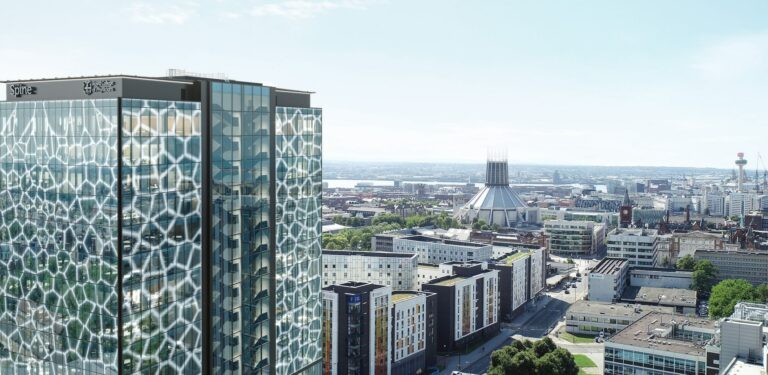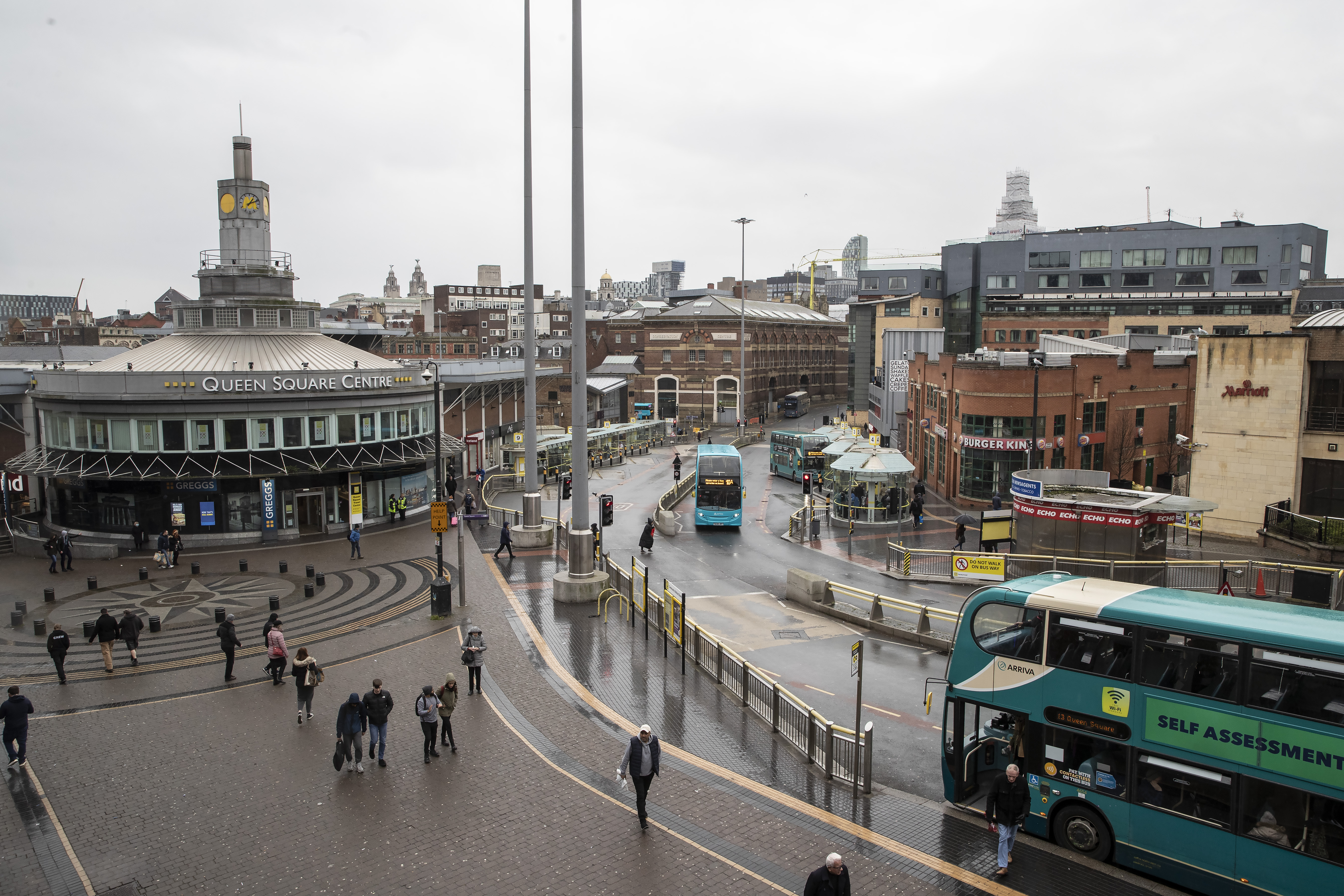Back to Spatial Planning
LCR Spatial Development Strategy

Welcome
“We are working hard to make sure that the Liverpool City Region is the best possible place to live, work, invest in and visit.
As part of that work we are creating a Spatial Development Strategy that will help shape our city region for the next 15 years.
When I first ran to be Mayor, it was because I was excited by the potential for more decisions to be taken locally and for local people to have a much bigger say about the future of their communities.
With the preparation of our SDS, we’re putting local people’s views front and centre when it comes to developing the region’s policies. Your views will help us make important decisions about the future of everything from jobs and transport to health and housing the right way across our region”

Metro Mayor Steve Rotheram
Our Spatial Development Strategy
“Our Spatial Development Strategy gives us the opportunity to demonstrate devolution in action.
It will help set out how our city region develops over the next 15 years and will have an impact on many aspects of our lives.
Our job is to improve the lives of 1.6 million people of the Liverpool City Region and, by listening to what people tell us is important to them, we are determined to develop a Spatial Development Strategy that makes a crucial contribution to that improvement”.

Cllr Graham Morgan,
What is the Spatial Development Strategy?
The Spatial Development Strategy is statutory land-use planning document. It will set out a framework for building and development for the Liverpool City Region looking ahead for at least the next 15 years. It will also identify strategic areas for growth and infrastructure provision, and when finalised, it will form part of the ‘Development Plan’ for the city region along with Local Plans and Neighbourhood Plans. This means it will need to be considered when planning applications are being determined.
The SDS must only deal with planning matters that are of strategic importance to the Liverpool City Region. These may not affect all areas but will have significance for the wider interests of the city region.
The SDS will therefore be high level leaving more detailed, locally specific policies to be covered in Local Plans prepared by the local authorities. Key strategic planning matters include:
- Housing
- Economy and employment
- Town centres
- Infrastructure
- Natural and historic environment
To meet legal requirements, the SDS will need to have regard to:
- The NPPF
- Health
- Sustainable development
- Climate change and its consequences
- EU obligations of the UK
The SDS must also set out how spatial development aspects of other LCRCA policies and proposals will be dealt with. This will allow the SDS to support and deliver a range of key Mayoral Combined Authority objectives and priorities such as growing the economy, employment and skills, housing, transport, innovation, the environment and culture as part of an integrated, joined up approach.
Get involved
The SDS for the Liverpool City Region is all about potential for developments in the region between now and 2040 and we want to make sure local views shape the future of the city region. Our latest engagement presented the opportunity to help shape and develop the SDS through taking part in our ‘Towards a Spatial Development Strategy’ public engagement.
What’s happened so far?
The Metro Mayor and CA are committed to ensuring local people have opportunity to genuinely influence policy and decision making. It is important that the SDS is prepared and shaped with input from people, communities and businesses who it will affect.
Early stages of public engagement on the SDS, as part of the ‘LCR Listens – Our Places’ programme have provided valuable feedback on the key strategic planning challenges facing the city region and the opportunities to address them. This has helped develop a proposed vision and objectives, and some initial suggested policy approaches.
This has helped develop a proposed vision and objectives, and some initial suggested policy approaches. Details of engagement carried out so far are available at: https://lcrsds.commonplace.is/
Emphasis has been placed on engaging with groups who do not typically respond to planning related consultations, particularly younger people. The SDS has so far been successful in receiving feedback and views from a wide cross section of the LCR community.

Our latest public engagement for Stage 3 of the SDS ran between Nov 24th 2023 and closed on Feb 16th 2024. The CA’s Spatial Planning team are now analysing the feedback received and collating comments to be considered in the submission version of draft SDS.



